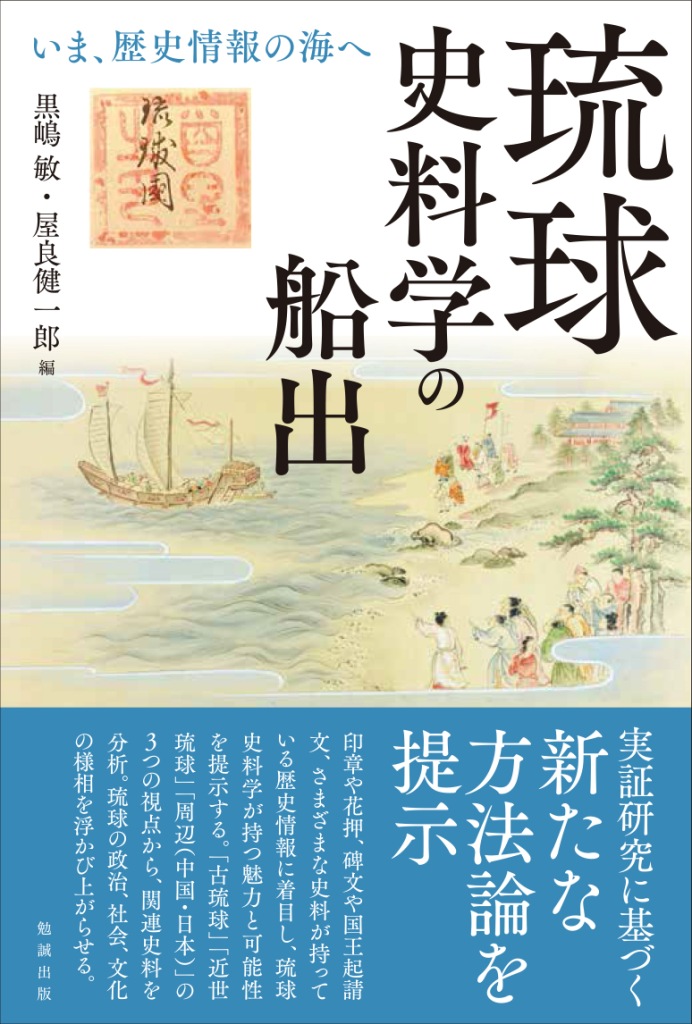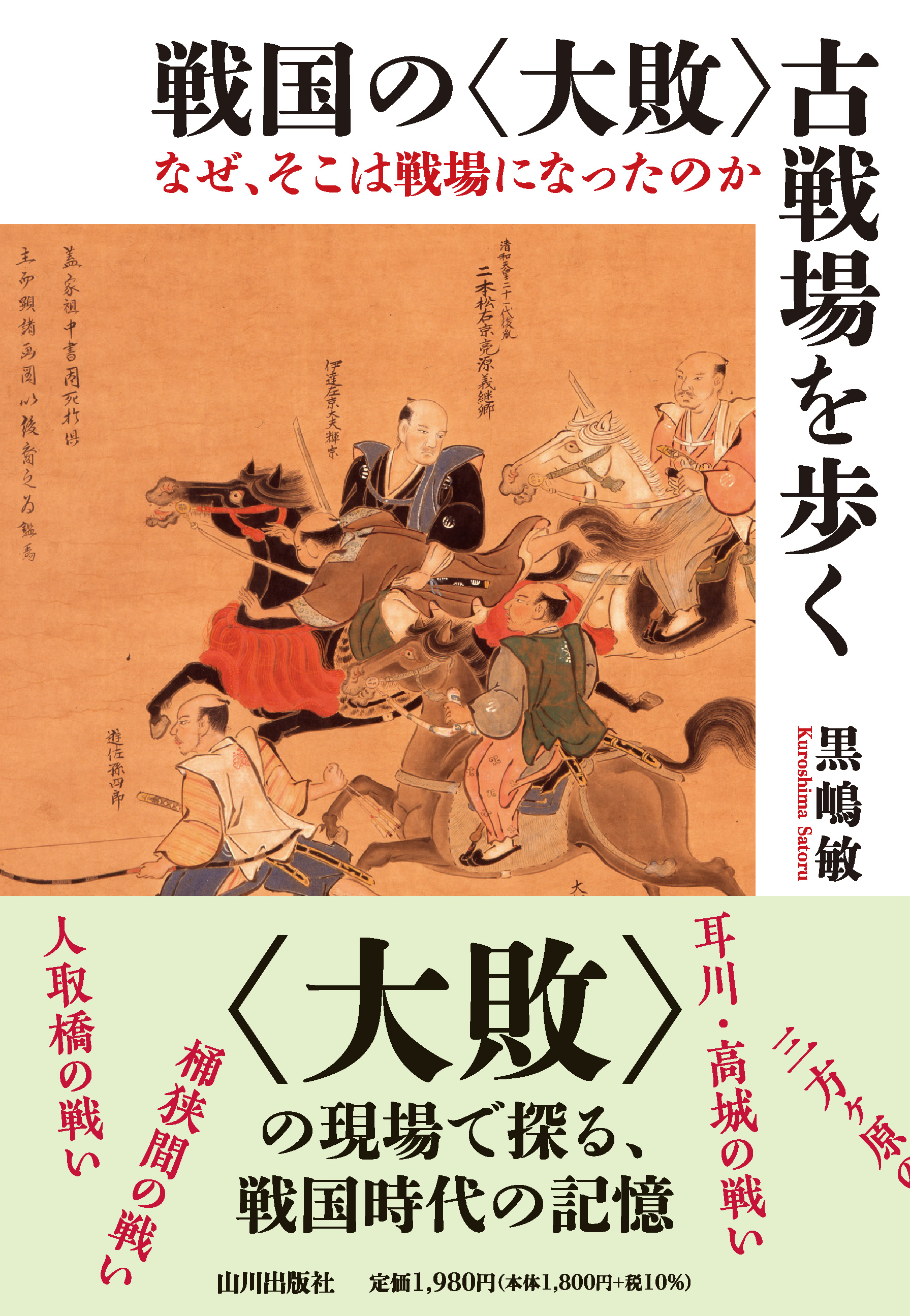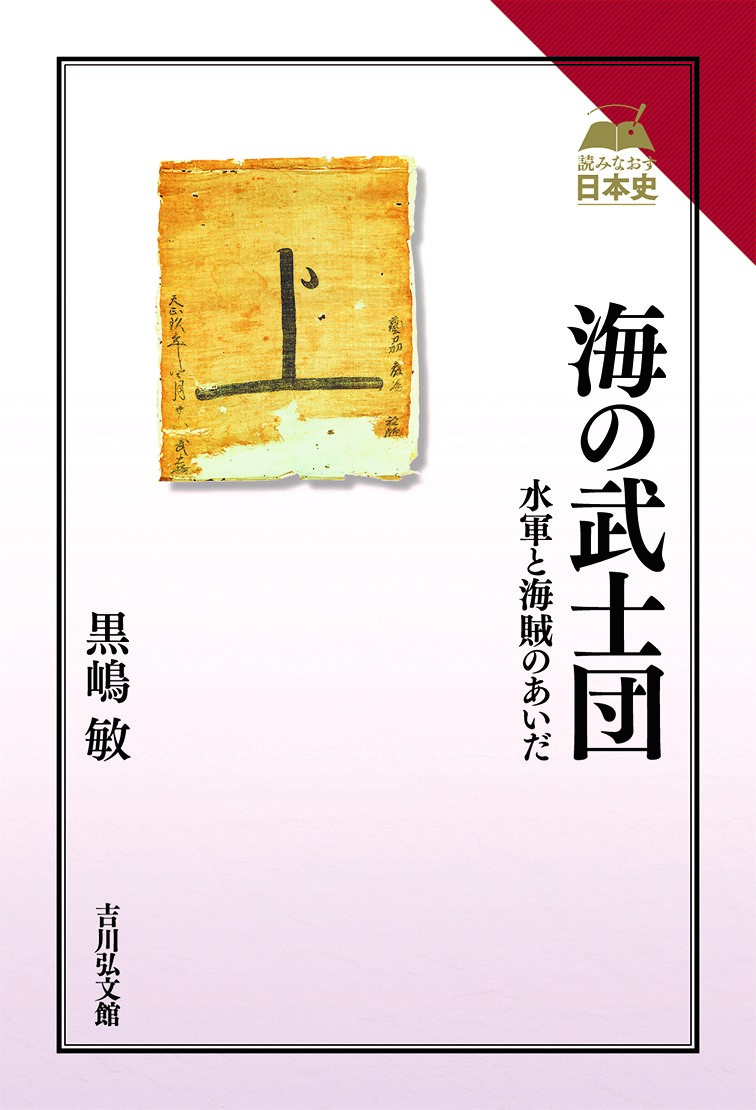
Title
Ryukyu-shigaku no Funade (Embarking on the Study of Ryukyuan Historical Sources: Into a Sea of Historical Information)
Size
360 pages, 127x188mm, hardcover
Language
Japanese
Released
June, 2017
ISBN
978-4-585-22175-3
Published by
Bensei Shuppan
Book Info
See Book Availability at Library
Japanese Page
In the region centred on present-day Okinawa prefecture there formerly existed a state called Ryukyu. It was in contact across the seas with many countries, starting with Japan and China and also including Korea and countries in Southeast Asia, and it was ruled by a dynasty that was recognized by international society and had its own sense of presence. But when one sets about investigating the history of Ryukyu, one comes up against a large barrier. As a result of events such as the incorporation of Ryukyu into the Japanese empire in 1879 and the Pacific War, many original historical sources relating to Ryukyu have been lost. If the historical sources that serve as important material for thinking about history have survived in only an absolutely small quantity, the picture of history that can be clarified will also be limited.
But when one carefully examines the extant sources, one notices that in addition to the written text they include many kinds of other information. For example, when one examines as an object an old document of which only the text has until now attracted attention, one finds that it is packed with information such as the material used to make the paper, the kind of ink, and monograms and seals that functioned as visual symbols in the same way as the written text, and the meaning of each of these gives pause for thought. The method of extracting this historical information from source materials is especially referred to as the study of historical sources, and it is a field that has in recent years been solidifying its position as a basic discipline in historical research.
In this book, nine researchers have taken up the challenge of dealing with extant historical sources relating to Ryukyu from the standpoint of this study of historical sources. Basing themselves on written sources, they each wrestle to extract further historical information from these sources, which include in addition to those written on paper some that are inscribed on stone. The materials written on paper include old documents and records as well as compilations from later times, and they also include old documents from Japan and China. It should be evident from this alone that the historical sources relating to Ryukyu are truly rich in variety.
The methods employed to analyze these sources are also unique. The position of the written text and the design of the monograms and seals are examined, differences in paper quality are discovered by utilizing digital microscopes, and it is argued that the results of these detailed observations have historical significance. Attention is also paid to the ritual situations in which documents were exchanged, and the contemporary significance of oaths and differences in written and oral communication are clarified.
Do you not feel a small tingle of excitement at the fact that so much historical information can be drawn from fragmentary sources? To put it in another way, this means that there is still a great deal of historical information lying dormant in historical sources. It could be said that a veritable sea of unknown historical information lies before our eyes, hinting at the potential of the study of Ryukyuan historical sources.
(Written by KUROSHIMA Satoru, Associate Professor, Historiographical Institute / 2018)



 Find a book
Find a book








